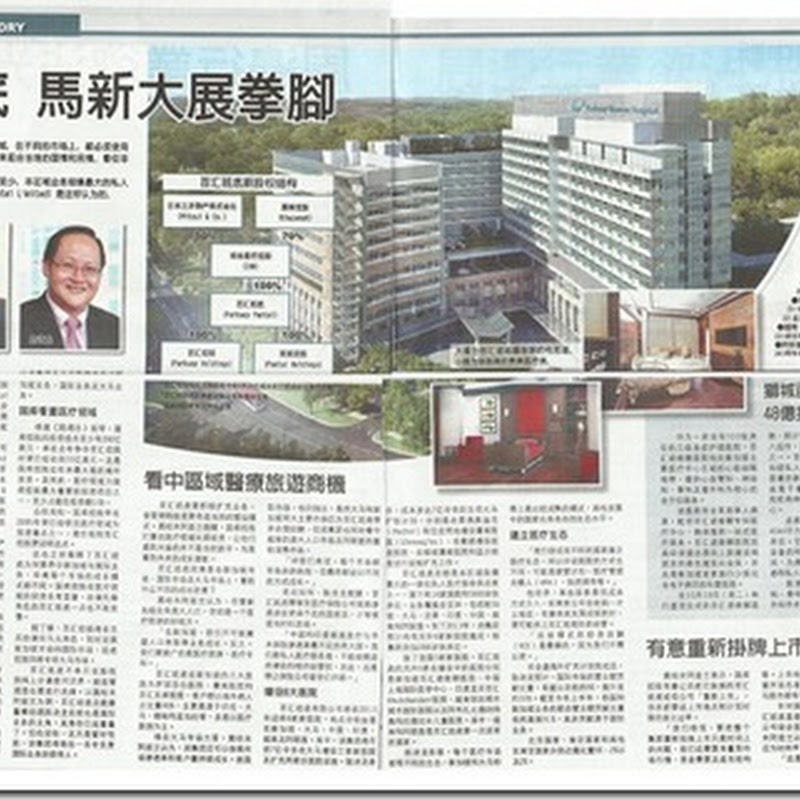What’s Up?
Kulim (Malaysia) Bhd’s planned takeover of the remaining 28.96%, or 27.81 million Sindora Bhd shares for RM47.83mil, suffered a setback after the latter’s independent adviser, Affin Investment Bank Bhd, recommended that Sindora shareholders reject the offer of RM1.72 per share.
Affin Investment said it would be better if the shareholders retain their shares as the group’s profitability had been on an increasing trend from 2003 to 2007, except for 2005. It said there was more upside for Sindora’s operations, which included the oil palm plantations. Additionally, the net assets of Sindora did not capture any enhancement from a revaluation of the plantation assets of Sindora.
In this regard, the offer price may not be fully reflective of the inherent value of the Sindora group assets and prospects. It also said the offer price translated into a net price-to-earnings (PE) of 9.13 times, lower than the average PE of comparable companies of 9.26 times.
Sindora’s board of directors, except the interested directors, also concurred with Affin Investment’s decision and recommended that shareholders reject the offer.
On the offer price, the shares traded between RM1 and RM1.73 over the last 12 months (May – May 2008). The highest price of RM1.73 was on April 15 2008 when Kulim extended the mandatory take-over for the remaining Sindora shares.
On Nov 13 2007, Kulim acquired 62.01%, or 59.53 million Sindora shares, from Johor Corp and Johor Capital Holdings Sdn Bhd for RM102.39mil, or RM1.72 per share. Kulim and parties acting in concert collectively held 71.03%. Kulim then extended the offer to acquire the remaining shares of Sindora, which is involved in timber and oil palm plantations. The acquisition would expand Kulim’s plantation assets by 20.1%, or 6,311ha, to 37,733ha.
Sindora’s plantation assets had a market value of RM201mil, or RM81.2mil above the book value of RM119.8mil. However, the market value was not included in its audited accounts for the financial year ended Dec 31, 2007. Based on the market value, Sindora’s adjusted net asset share would be RM2.72 while the adjusted price-to-book multiple would be lower at 0.63 times compared with 0.92 times, it said.














































